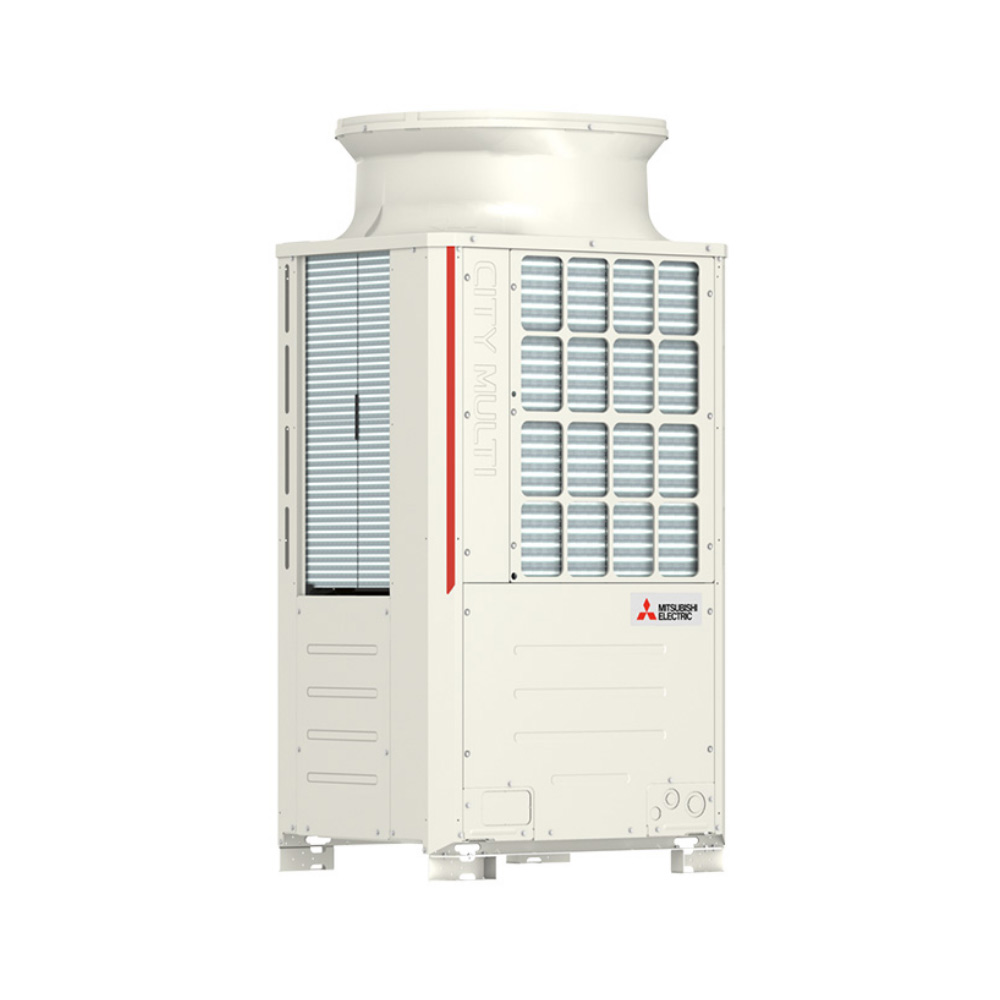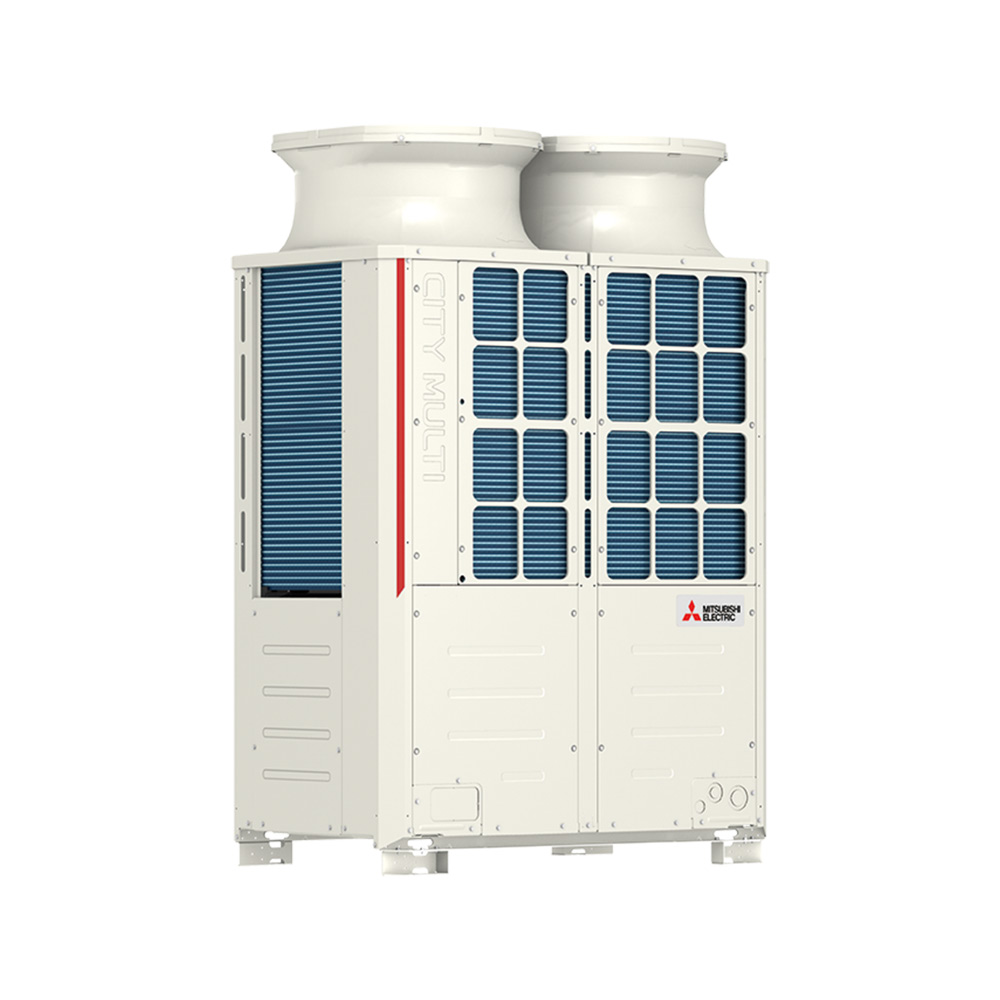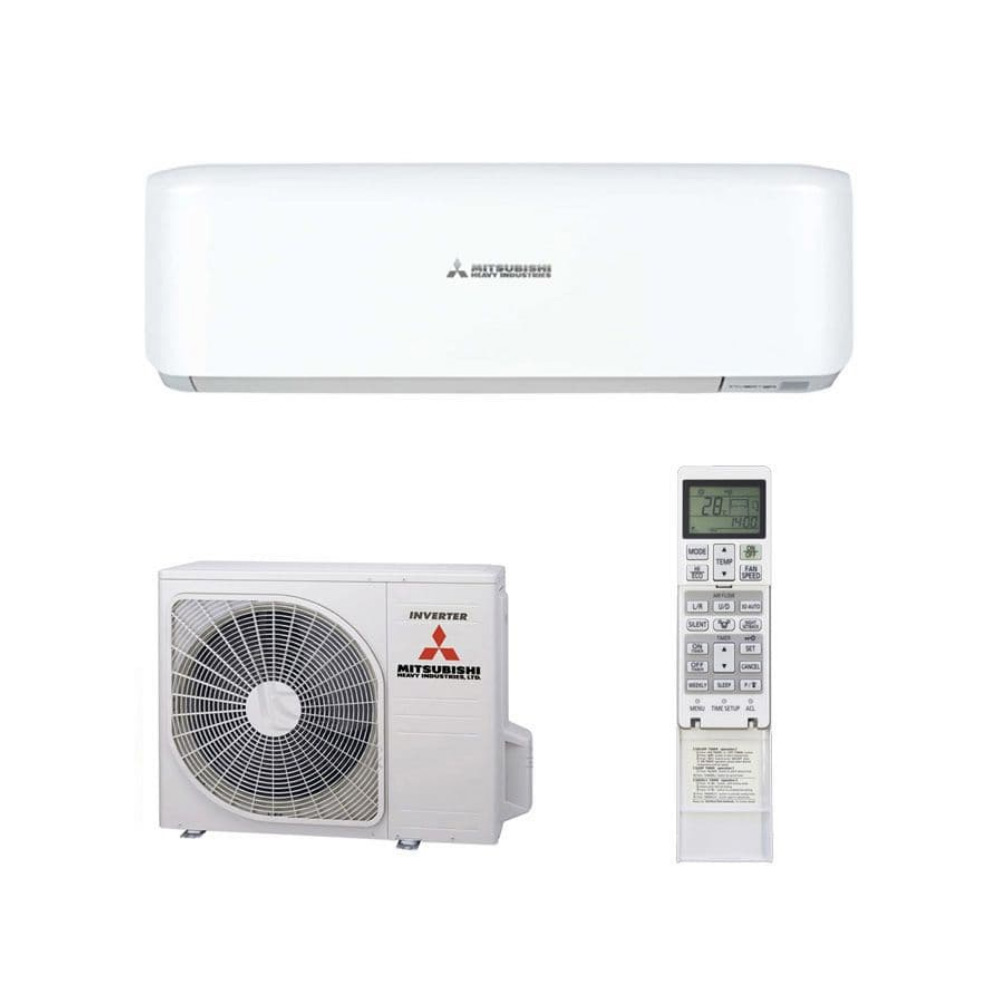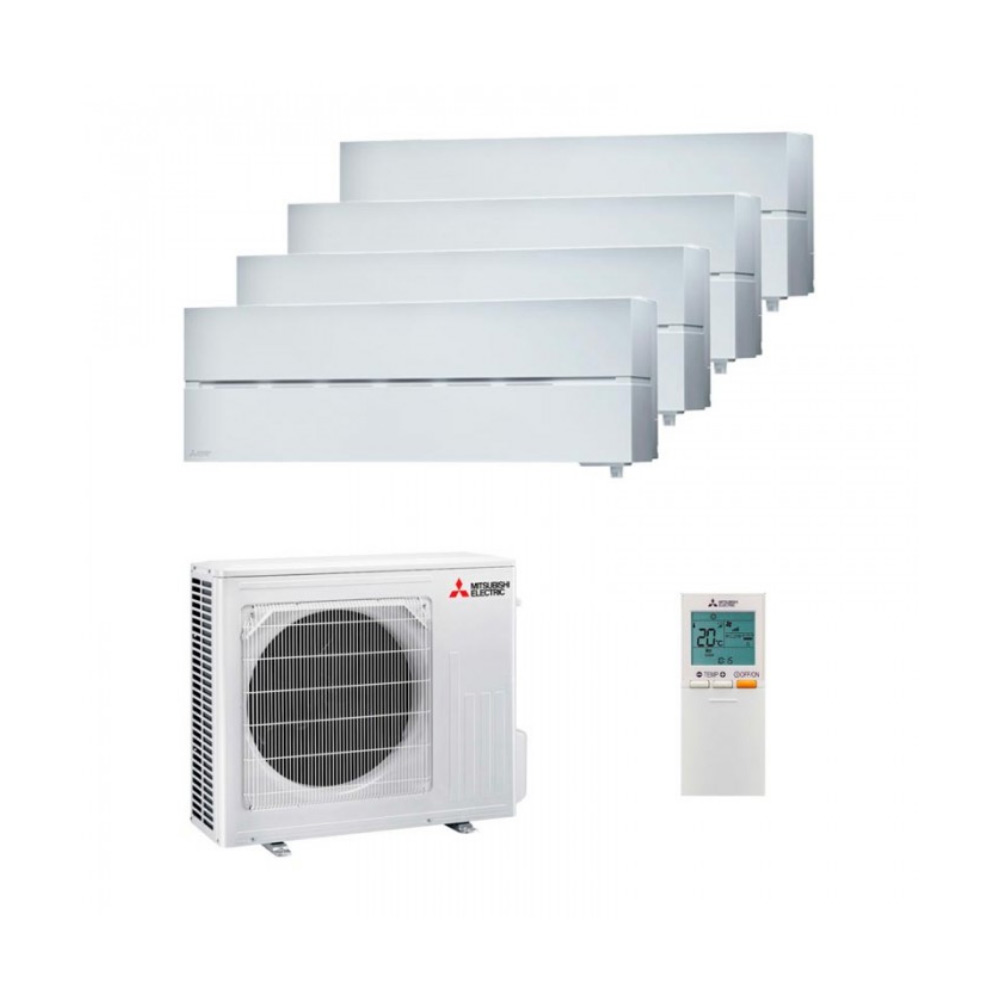
VRF or VRV systems let you heat and cool multiple spaces at once. This gives you full control over the temperature throughout your building, so the environment is always just right. VRF or VRV systems are perfect for medium to large spaces, like multi-storey buildings, large office blocks and hotels.

The HVRF system is a modern alternative to VRF or VRV. Developed by Mitsubishi Electric, it works in the same way, but uses only water (as opposed to refrigerant) in occupied spaces. This creates a more consistent environment, reducing installation costs and removing the need for leak detection.

Single split systems are the most affordable type of air conditioning system and suitable for use in small commercial properties, including small offices and shops. Each split system has one indoor unit and one outdoor unit connected by pipework, making each split a self-contained system.

Multi-split systems work in exactly the same way as single split systems, but you can connect up to nine indoor units to each outdoor unit. This is ideal when you need multiple indoor units but have minimal outdoor space or want to preserve the exterior of your building.